Bronze corydora ( 6 pcs)
Original price was: ₹1000.₹590Current price is: ₹590.
Out of stock
Email when stock available
Description
Size: based on availability
🐟 About Bronze Corydoras (Corydoras aeneus)
- Origin & Habitat
Native to South American rivers and floodplains (Argentina, Colombia, Venezuela, Trinidad), thriving in slow-moving or shallow waters with soft substrates -
Appearance & Size
Adults reach 6–7 cm (2.5–3″) with a metallic olive-bronze or greenish sheen, lighter belly, and armored bony plates . -
Lifespan
Can live 5–10 years in well-maintained tanks; commonly 3–5 years in average setup
🏠 Tank Conditions & Setup
-
Tank Size:
-
Minimum 20 gal (≈75 L) for a small group; more space preferred
- Shallow, longer tanks mimic natural habitats
-
- Water Parameters:
- Temp: 21–27 °C (70–81 °F)
- pH: 5.8–7.5 (5.5–8.0 range tolerated)
- Hardness: 5–20 °dH
- Substrate & Decor:
Soft sand or smooth gravel—protects barbels. Provide plenty of hiding spots using live plants, driftwood, and caves. Subdued lighting helps them feel secure - Filtration & Water Quality:
Gentle, well-oxygenated flow; weekly water changes (20–50%) and substrate cleaning—barbel infection prevention
🐠 Social Behavior & Tank Mates
-
Schooling Needs:
Keep groups of 6+; they form tight shoals and show more activity when with conspecifics - Temperament:
Very peaceful and shy—ideal for community tanks - Compatible Tankmates:
Other Corydoras species, small tetras, rasboras, livebearers (guppies, swordtails), Otocinclus, snails - Avoid:
Aggressive or large fish—cichlids, barbs—that may harm barbels or outcompete them
🥗 Diet & Feeding
-
Omnivorous bottom-feeders:
Accept sinking pellets, wafers; supplement with frozen/live bloodworms, brine shrimp, daphnia, veggies - Feeding Tips:
Use sinking foods placed near them—fast midwater feeders may eat before them
🐣 Breeding
-
Relatively easy breeders:
Trigger spawning by cooler water change and high-protein diet; eggs laid on glass/plants - Post-spawning care:
Eggs hatch in ~3–7 days; parents may eat eggs—use spawning tank or remove eggs
✅ Quick Care Checklist
-
Tank size: ≥ 75 L with sand substrate
-
Water: stable temp/pH, gentle filtration
-
School: groups of 6+
-
Tank mates: peaceful community fish
-
Feeding: sinking pellets + protein treats
-
Maintenance: weekly water & substrate cleaning
Only logged in customers who have purchased this product may leave a review.

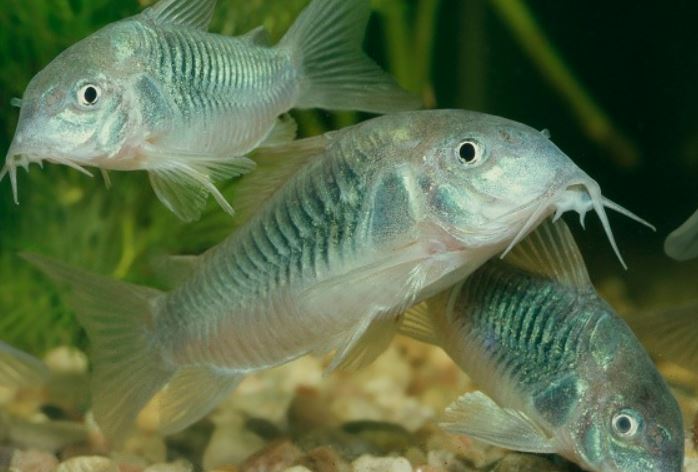

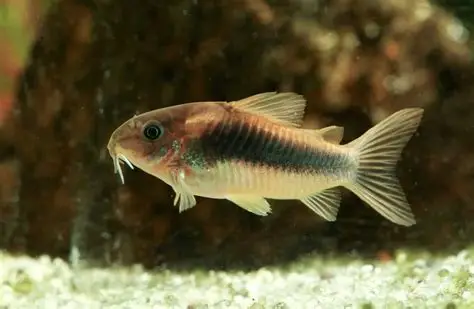


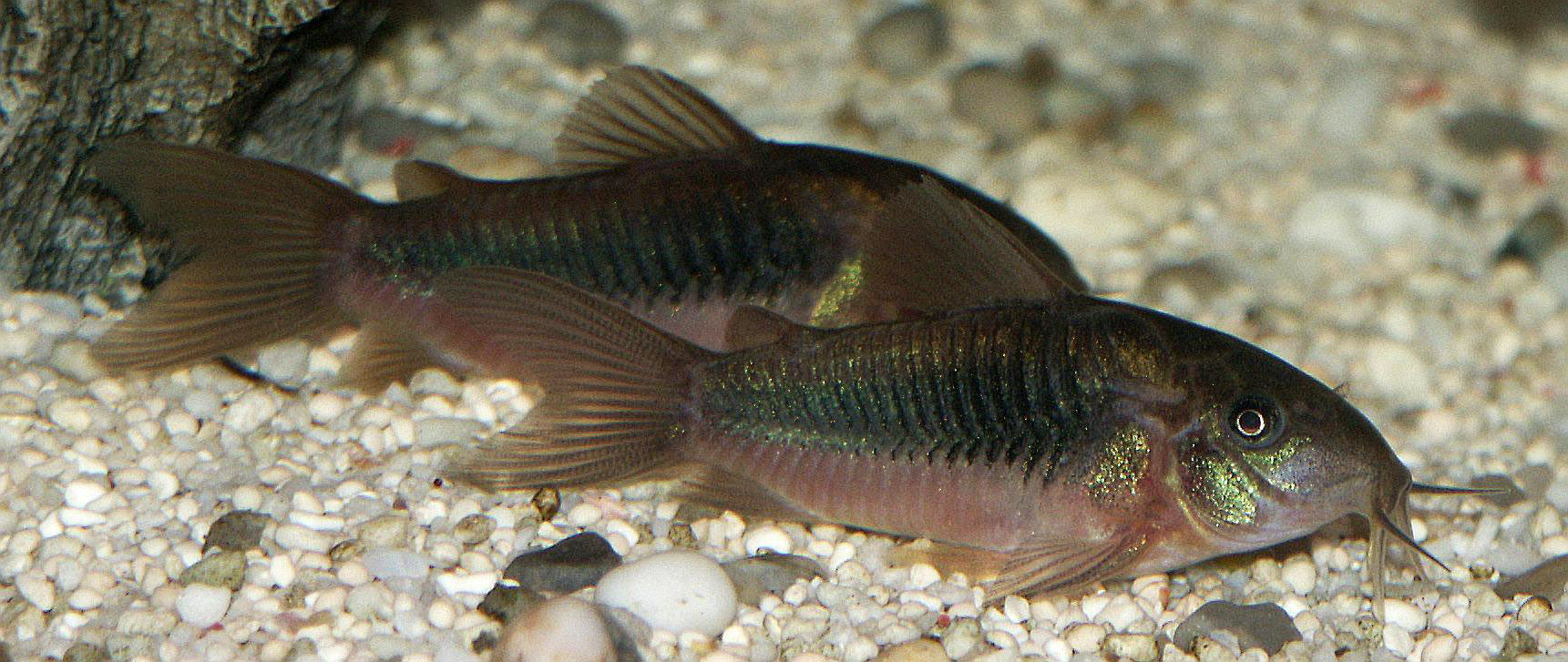
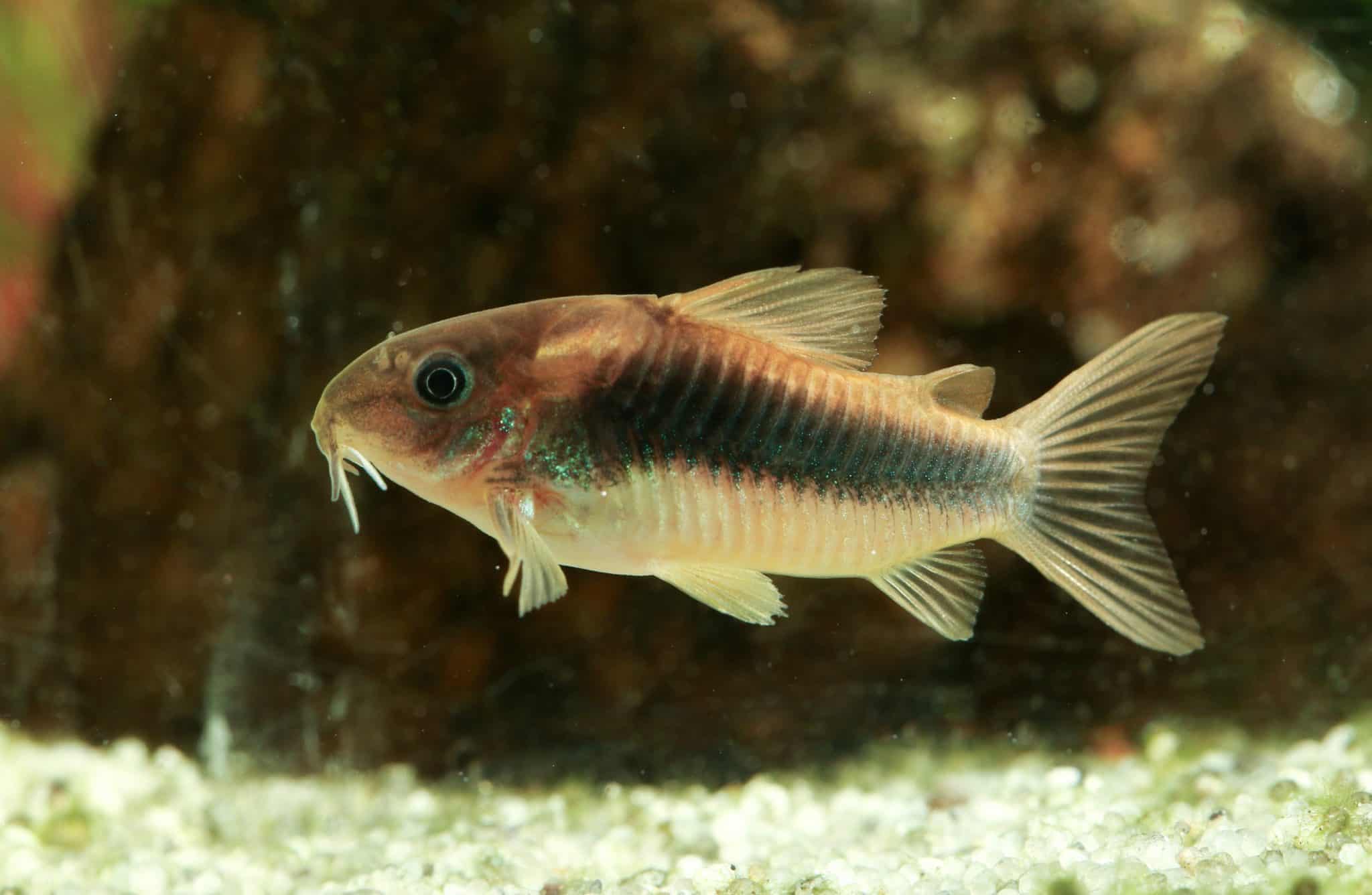
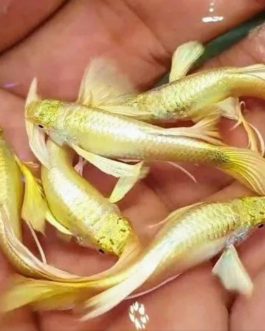
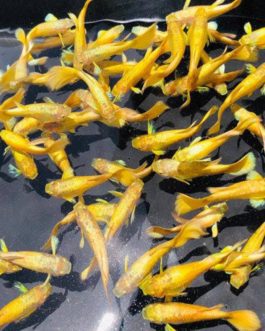
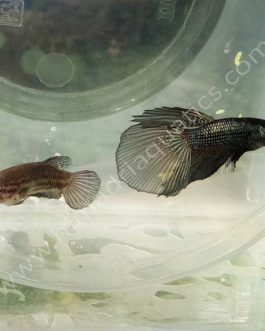
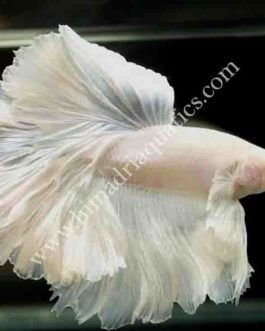
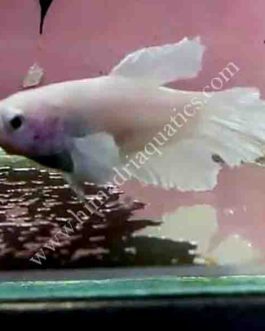
Reviews
There are no reviews yet.